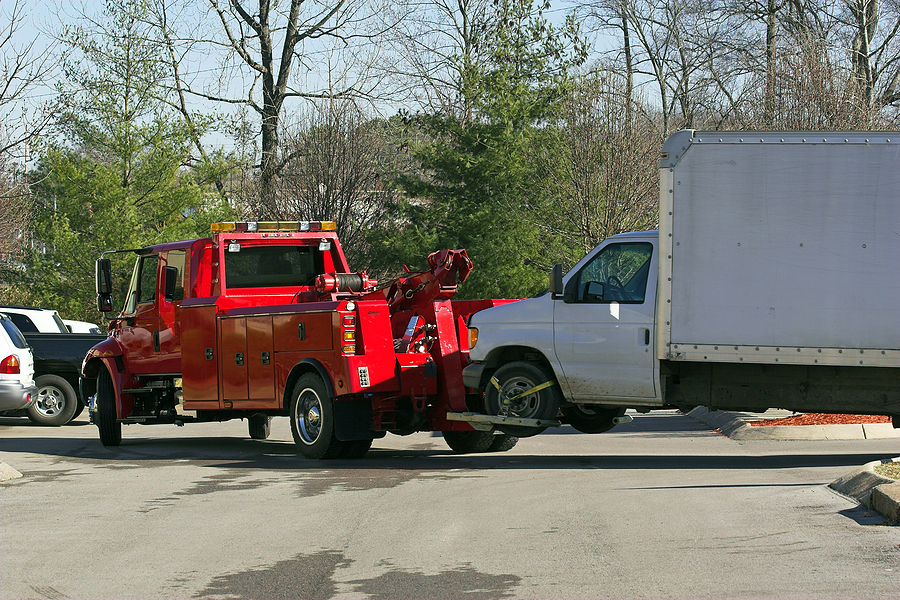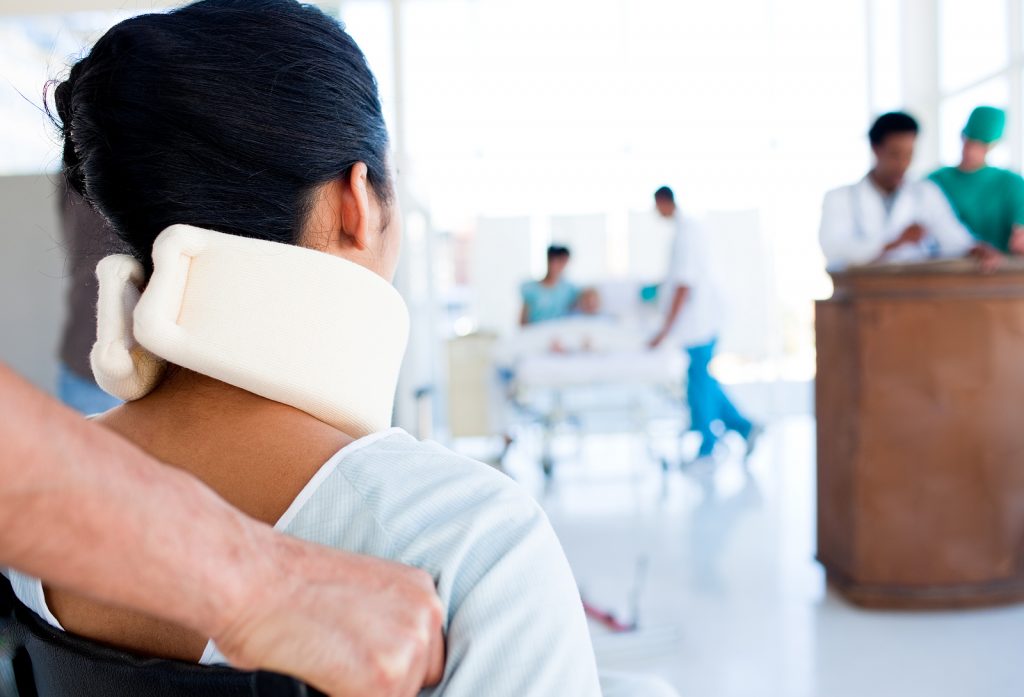Cities are becoming more dangerous for pedestrians as a study showed Arizona recorded 125 deaths in the first half of 2018, ranking fifth in America.
The study intensified the spotlight on Arizona in another way. The Governors Highway Safety Association report said the Grand Canyon State and just four others — California, 432, Florida, 330, Texas, 298 and Georgia, 133 — together account for over 46 percent of pedestrian deaths in the entire country in the time period studied.
Roads designed for high-speed traffic
What it means as communities try to promote bicycling and walking is that cities are becoming more dangerous for pedestrians because roadways remain dominated by often-speeding vehicular traffic, according to fastcompany.com, a business news website.
From 2008-2017, pedestrian accident deaths increased 35 percent, to 5,977 from 4,414, the Governors Highway Safety Association report stated.
After adjusting for anticipated underreporting in some state data and considering trends in pedestrian fatalities, the report estimated the number of pedestrian accident deaths nationwide in 2018 to be 6,227.
Anecdotes about mobs dragging reckless drivers from harm-inflicting vehicles in the early part of the previous century have been wiped out by the reality that cities have become more dangerous for pedestrians because roads are now engineered for fast-moving cars and trucks.
The prospect of drivers slowing down at pedestrian crossings and bike lanes seems to be only optional.
City planners and residents of communities envision cleaner air, less traffic and a healthier population by designating lanes on roads for folks to walk and bike, but such steps remain only goals if drivers don’t play along.
Size and might are factors. Painting lines and posting signs on streets to designate pedestrian and biking zones, urban design steps that are growing in the 21st century, nonetheless provide zero protection against the impact of a multi-ton vehicle whose driver fails to heed the lines and signs.
A driver killing a pedestrian or bicyclist who is occupying a lane designated for such mobility means that the walker or rider is dying while obeying the law.
Other factors are at play in cities becoming more dangerous for pedestrians. Car and truck drivers are not good at sharing the road. Pedestrian and bike zones often extend only short distances and many drivers are simply going too fast to recognize such zones and slow or stop in time to avoid hitting someone.
Speed matters. According to a U. S. Department of Transportation study, a vehicle striking a pedestrian at 36-45 mph is four times more likely to cause a fatality than a vehicle traveling 26-30 mph.
Other factors in cities becoming more dangerous for pedestrians include drivers increasingly distracted by smartphones, eating or applying cosmetics and the rise in the number of SUVs on the road.
The Pew Research Center says 95 percent of Americans have a smartphone, and of the over 17 million vehicles purchased in 2018 in the U.S., 68 percent were trucks and SUVs, according to foxnews.com.
Steps to reduce pedestrian accidents
Among steps that Arizona and other states can take in dealing with cities becoming more dangerous for pedestrians are:
- Reducing and enforcing speed limits
- Mounting campaigns to educate drivers, pedestrians and bicyclists about how all three have a right to use the streets, and that the consequences of failing to share roadways can be deadly
- Establishing and enforcing laws regarding use of smartphones and other distractions while driving
- Encouraging manufacturers to help by reducing the height of front bumpers and using softer material in making the front of vehicles to lessen the impact if an accident occurs.
Another step communities can take in confronting cities becoming more dangerous for pedestrians is adoption of so-called “complete streets” policies. Such a policy means that a city recognizes streets are available for the mobility of all users, whether traveling as drivers, walkers, bicyclists or public transportation patrons, according to the U.S. Department of Transportation.
“Complete Street policies are set at the state, regional and local levels and are frequently supported by roadway design guidelines,” according to the federal agency.
Contact Israel & Gerity today for help in relation to pedestrian accident, personal injury cases and more.





